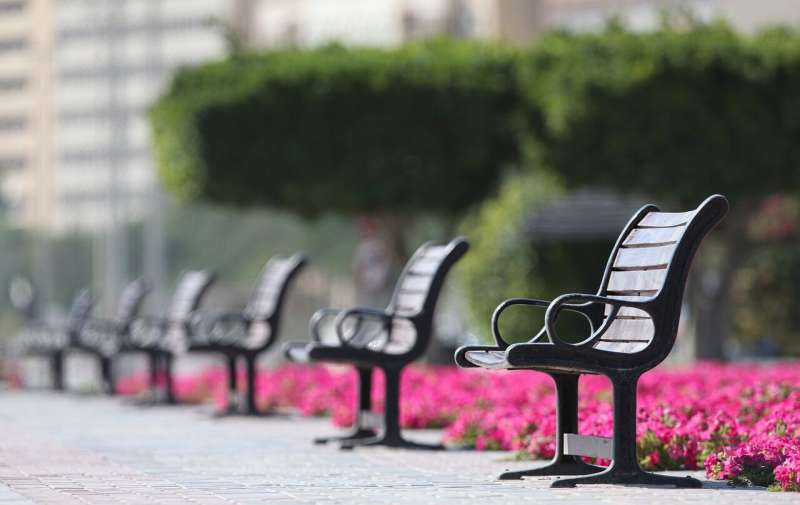Rigid social distancing rules for COVID-19 based on outdated science

Rules which stipulate a single specific physical distance (1 or 2 meters) between individuals to reduce the spread of COVID-19 are based on outdated science and experiences of past viruses, argue researchers in The BMJ today.
Such rules are based on an over-simplistic dichotomy describing viral transfer by either large droplets or small airborne droplets emitted in isolation without accounting for the exhaled air, say Nicholas Jones at the University of Oxford and colleagues.
In reality, transmission is more complex, involving a continuum of droplet sizes and an important role of the exhaled air that carries them, they explain.
Evidence suggests that smaller airborne droplets laden with COVID-19 can travel more than 2 meters by activities such as coughing and shouting, and may spread up to 7-8 meters concentrated in exhaled air from an infected person.
As such, they say distancing rules need to take account of the multiple factors that affect risk, including type of activity, indoor versus outdoor settings, level of ventilation and whether face coverings are worn.
Viral load of the emitter, duration of exposure, and susceptibility of an individual to infection are also important, they add.
"This would provide greater protection in the highest risk settings but also greater freedom in lower risk settings, potentially enabling a return towards normality in some aspects of social and economic life," they write.
To facilitate this, they discuss how transmission risk may vary with setting, occupancy level, contact time, and whether face coverings are worn.
For example, in the highest risk situations, such as a crowded bar or nightclub, physical distancing beyond 2 meters and minimizing occupancy time should be considered, while less stringent distancing is likely to be adequate in low risk scenarios.
They say further work is needed to examine areas of uncertainty and extend the guide to develop specific solutions to classes of indoor environments occupied at various usage levels.
"Physical distancing should be seen as only one part of a wider public health approach to containing the COVID-19 pandemic," they conclude.
"It should be used in combination with other strategies to reduce transmission risk, including hand washing, regular surface cleaning, protective equipment and face coverings where appropriate, strategies of air hygiene, and isolation of affected individuals."
More information: Two metres or one: what is the evidence for physical distancing in covid-19? The BMJ DOI: 10.1136/bmj.m3223




















